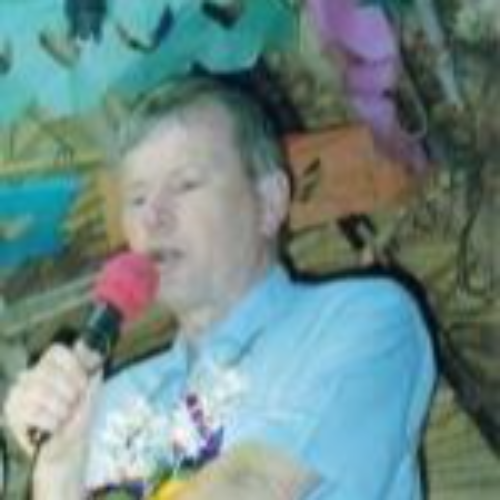-
The Little Apocalypse
Contributed by Christopher Holdsworth on Apr 25, 2022 (message contributor)
Summary: We do not know the day and the hour when Jesus will return, so we also need to keep awake and be watchful. This message is not just for the early disciples, but for us all.
THE LITTLE APOCALYPSE.
Mark 13:1-37.
I. Mark 13, and its equivalents in Matthew 24 and Luke 21:5-36, is sometimes entitled “the little apocalypse.”
This passage is poised between Jesus’ teaching in the Temple (Mark 12), and the account of the Passion (Mark 14-15). The main thrust of the chapter is to underline the need to “be on our guard” (Mark 13:5; Mark 13:9; Mark 13:23; Mark 13:33), and to “keep watch” (Mark 13:35; Mark 13:37).
First, Jesus warns the disciples against trusting in buildings, and all the other outward trappings of public worship (Mark 13:2). This is as relevant today as it was all those centuries ago. Thereafter the discourse is a response to a question concerning times and signs (Mark 13:4).
Secondly, Jesus warns the disciples against false Messiahs (Mark 13:6). Every war and every rumour of a war, every earthquake, famine and trouble is not necessarily the very end of all things (Mark 13:7-8). The gospel must be preached to all nations (Mark 13:10), but meantime the lot of the disciple is often suffering and rejection (Mark 13:9; Mark 13:13).
II. The Closing of the Age
The original “abomination of desolation” (Mark 13:14) prophesied in Daniel 11:31, was an idol set up in the Temple precincts in 168 B.C. (Daniel 12:11). However, Jesus here hints that there are other levels of fulfilment to this prophecy (Mark 13:14). The context of Mark 13:14-23 suggests the fall of Jerusalem in 70 A.D. - which is itself a harbinger for the upheavals of the closing of the age.
The “last days” began at Pentecost (Acts 2:17), and the fall of Jerusalem was part of the process which culminates in the vivid cosmic happenings outlined in Mark 13:24-25. Such an occurrence had been envisaged by Isaiah 13:10, in the context of the fall of Babylon. Yet this also was only fulfilled at one level, with a probable projection into the “day of the LORD” which now occupies our attention.
The “Son of Man” imagery in verse Mark 13:26 quite definitely recalls Daniel 7:13-14. We are reminded that Jesus used this designation when speaking of Himself in the Gospels. The picture here is of a conquering King in His triumph.
Now we have a word for those who are scattered throughout the earth, the strangers and exiles of the Christian Diaspora (1 Peter 1:1). When Jesus comes He will send His angels ahead of Him to gather His elect from the uttermost parts of the earth and “the extremity of heaven” (Mark 13:27). No matter where we are, what trials we are facing - if we are His, He will seek us out - and we will be safe on that day.
There follows a lesson to be learned from the fig tree (Mark 13:28-29). When the fig tree’s branch is still tender, and puts forth her leaves, you know that summer is near (Mark 13:28): so in like manner, when you begin to see these things come to pass, you know it is near, even at the very doors (Mark 13:29). The time of His coming seems long to us, but it has been imminent throughout the church era - and is obviously much nearer now than when we first began.
The whole church era is gathered up in the phrase “this generation shall not pass until all these things be done” (Mark 13:30). Meantime, people will chide ‘where is the promise of His coming’ (2 Peter 3:3-4)? “Heaven and earth shall pass away,” says Jesus: “but my words shall never pass away” (Mark 13:31).
III. Finally we have a homely warning to take heed, keep watch, and to pray (Mark 13:33).
The official watches are outlined (Mark 13:35), and each is mentioned in the Passion account which follows:
1. Evening, when Jesus shared the Passover meal with His disciples and instituted the Lord‘s Supper (Mark 14:17);
2. Midnight, the possible time of Jesus’ impassioned prayer in the Garden of Gethsemane, when the disciples slept (Mark 14:32-42);
3. Cock-crow with its deep significance for Peter (Mark 14:68; Mark 14:72); and
4. Morning, when the religious leaders bound Jesus, and led Him to Pilate (Mark 15:1).
We do not know the day and the hour when Jesus will return (Mark 13:32), so we also need to keep awake and be watchful. This message is not just for the early disciples, but for us all (Mark 13:37).

 Sermon Central
Sermon Central



